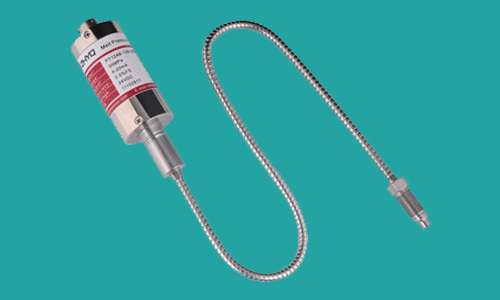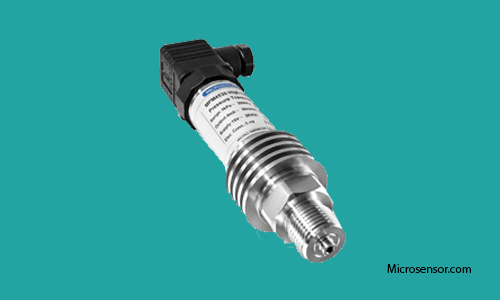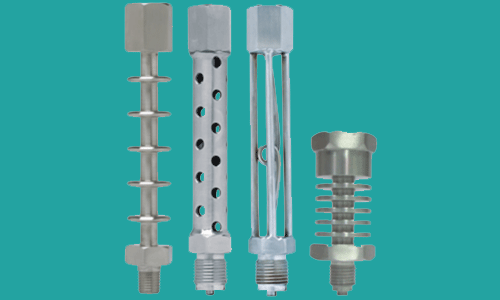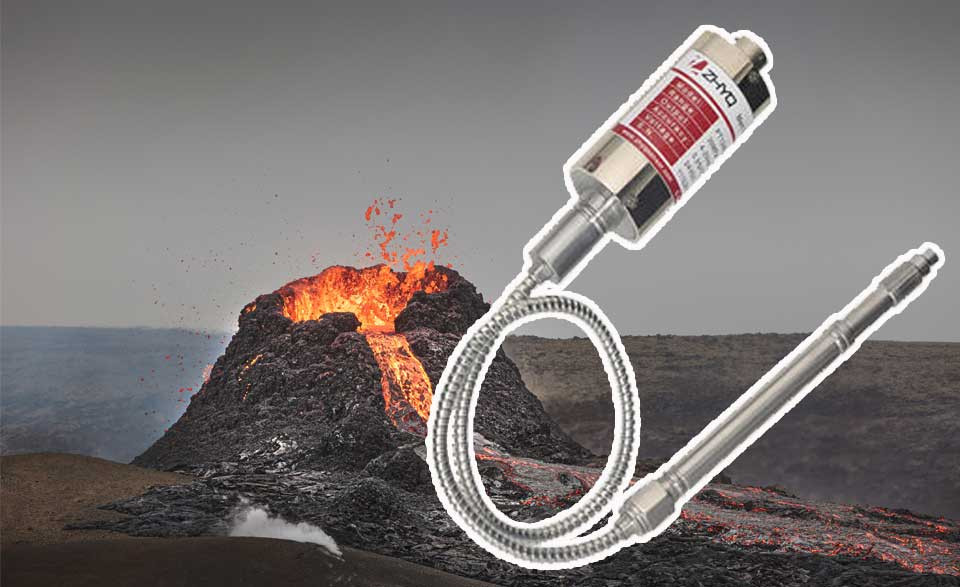Melt Pressure Transmitter and High-Temperature Transmitter
Melt Pressure Transmitter
A Melt pressure sensor is used to detect and control the amount of temperature and pressure in plastic extrusion machines.
It is necessary to use the melt pressure sensor in the extruder to increase the quality of products, reduce waste, reduce the consumption of products to the machine and also improve the safety of the production line.
The melt pressure transmitter converts the physical pressure parameter into an electrical signal. Most melt pressure sensors use a kind of heat and pressure-resistant diaphragm to measure the amount of pressure.
The whole structure of this sensor is constructed such that it transmits the pressure applied by the medium, on the contact diaphragm to the transduction part, and keeps it away from the heat source.

Transducers, controllers, and indicators are the key components needed for a useful melt pressure sensor. a melt pressure sensor can be used in plastic extrusion, injection molding, and blow molding applications.
High-Temperature Pressure Transmitter
High-temperature transmitters are the most suitable sensor that is capable of highly stable measuring pressure in hot environments up to 700°C (1.300°F) depending on the specific model.
The pressure range of a high-temperature pressure transmitter can be different, from 15 psi to more than 10,000 psi.

High-temperature pressure sensors are applied for industrial fields such as:
- Water plants
- Oil refineries
- Sewage treatment plants
- Food processing & engine monitoring
- Building materials
- Light industry
- Machinery
When the media temperature goes over the temperature limits of standard pressure transmitters or where we can not fit a standoff pipe, pigtail, or other cooling devices to minimize the media temperature, high-pressure transmitters can be used.
To view pressure sensors in our stock, please check out the pressure sensor switch.
Cooling Element / Cooling Tower
One of the most important factors that reduce the useful life of measuring equipment is that the process temperature is higher than the allowable temperature range of the equipment.
Cooling is one of the peripherals of the pressure transmitter, which is responsible for cooling the temperature of the process.
In systems where the process temperature is higher than the operating temperature of the transmitter, this equipment can not be installed directly.

Therefore, to prevent damage, a cooling element should be used with them that operates as a heat sink.
The cooling element is used when the medium temperature exceeds the allowable operating temperature of the pressure measuring device.
Through air circulation and heat radiation in the cooling element, the medium temperature is reduced enough, so the temperature does not exceed the allowed temperature range and reduces the potential temperature error.
Also, The cooling element can be used to heat very cold processes in the case where the ambient temperature is more than the media temperature. It is better to make a cooling element of stainless steel to increase corrosion resistance from most of the process media.
You can also read the following article to get more familiar with pressure sensors:
Process Connection or Fitting for Pressure Transmitter
Wetted Parts in Pressure Sensors (Diaphragm Seal, Capillary and Seal or O-ring)
An Eye-Opening Guide To Pressure sensor Types
Ingress Protection Vs. NEMA Enclosure Ratings
Recent Posts
-
Booster Pump Troubleshooting and Maintenance: How to Fix and Prevent Common Issues
1. Introduction Imagine turning on your faucet only to be greeted with a weak trickle of water when …22nd Apr 2025 -
Energy-Efficient Booster Pumps: Selection and Tips for Maximizing Performance
1. Introduction Imagine never having to deal with fluctuating water pressure, noisy pumps, or skyroc …19th Apr 2025 -
Booster Pumps for Sustainable Water Systems: Irrigation and Rainwater Harvesting Solutions
1. Introduction Water scarcity is no longer a distant threat—it’s a reality affecting millions …16th Apr 2025




